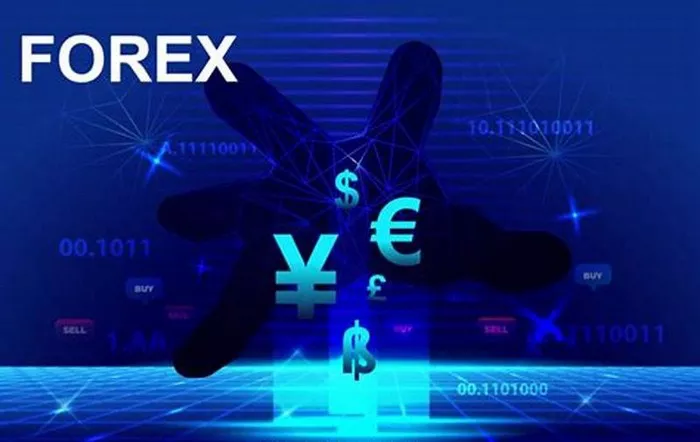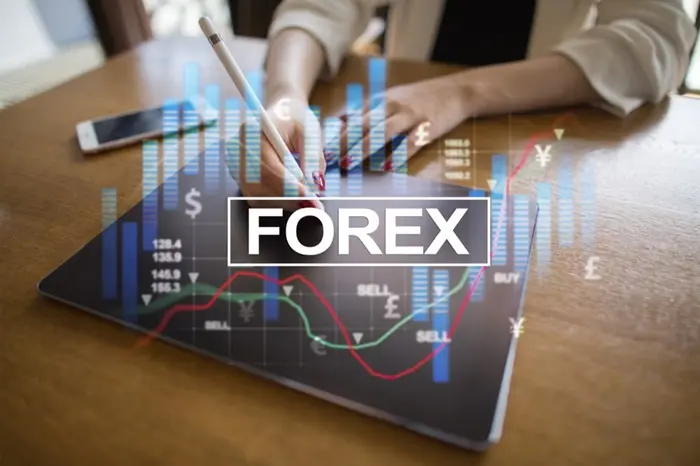Foreign exchange trading, also known as forex trading, is the act of buying and selling currencies in the global financial markets. It is one of the largest and most liquid markets in the world, with a daily trading volume of more than $6 trillion. Unlike the stock market, the foreign exchange market operates 24 hours a day, five days a week, and investors can trade currencies at almost any time.
Forex trading offers a wide range of opportunities for individual and institutional investors. However, it can also be complex and challenging, especially for beginners. This article aims to explain what foreign exchange trading is, how it works, and its importance in the global economy. In addition, we will explore the risks and benefits of foreign exchange trading, as well as the key factors that affect currency prices.
Understanding the Basics of Forex Trading
What is the Forex Market?
The forex market is where currencies are bought and sold. It is a decentralized market, meaning it does not have a centralized exchange like the New York Stock Exchange (NYSE). Instead, forex trading occurs directly between two parties, typically through electronic platforms or over-the-counter (OTC) transactions.
Currencies are traded in pairs, with one currency being exchanged for another. For example, when you buy the EUR/USD currency pair, you are purchasing euros while simultaneously selling US dollars. The value of the currency pair fluctuates based on market demand and supply, which is influenced by a wide range of factors.
Currency Pairs: The Basics
In forex trading, currencies are traded in pairs. The first currency in the pair is called the base currency, while the second one is called the quote currency. The exchange rate between the two currencies reflects how much of the quote currency is needed to purchase one unit of the base currency. For example, in the EUR/USD pair, the euro (EUR) is the base currency, and the US dollar (USD) is the quote currency.
Major Currency Pairs
There are several types of currency pairs, but the most commonly traded ones are called major pairs. These pairs involve the most widely used currencies in the world and typically have the highest liquidity. Some of the most traded major currency pairs include:
EUR/USD (Euro/US Dollar): This is the most traded currency pair in the world. It involves the euro and the US dollar.
GBP/USD (British Pound/US Dollar): This pair includes the British pound and the US dollar.
USD/JPY (US Dollar/Japanese Yen): This pair includes the US dollar and the Japanese yen.
USD/CHF (US Dollar/Swiss Franc): This pair involves the US dollar and the Swiss franc.
AUD/USD (Australian Dollar/US Dollar): This pair includes the Australian dollar and the US dollar.
USD/CAD (US Dollar/Canadian Dollar): This pair includes the US dollar and the Canadian dollar.
Minor and Exotic Pairs
In addition to major currency pairs, there are minor and exotic currency pairs. Minor currency pairs are currencies from smaller or less traded economies, such as GBP/JPY (British Pound/Japanese Yen) or EUR/GBP (Euro/British Pound). Exotic currency pairs, on the other hand, are pairs that consist of a major currency and a currency from a developing or emerging market economy. For example, USD/TRY (US Dollar/Turkish Lira) or EUR/INR (Euro/Indian Rupee) are considered exotic currency pairs.
How does Forex trading work?
Forex trading is essentially the exchange of one currency for another. To participate in the Forex market, traders need access to a trading platform, usually provided by a broker. These platforms allow traders to place buy or sell orders for currency pairs based on their market analysis and trading strategies.
The Role of Currency Brokers
Currency brokers act as intermediaries between the Forex market and traders. They provide market access through a trading platform, offer leverage, and charge a commission or spread. Forex brokers typically make money by offering a spread (the difference between the bid and ask price of a currency pair). Some brokers also charge a commission or fee, especially on more complex trades.
Leverage in Forex Trading
Leverage is one of the key features of Forex trading. It allows traders to control larger positions with a smaller initial investment. For example, a broker may offer 50:1 leverage, which means that for every $1 of a trader’s own capital invested, they can control a $50 position in the market. This can significantly increase the potential profit from a trade, but it also increases the potential risk, as losses can quickly mount.
Bid and Ask Prices
The bid price is the price at which a trader sells a currency pair, while the ask price is the price at which a trader buys a currency pair. The difference between these two prices is called the spread. The smaller the spread, the lower the transaction costs, which is generally more advantageous for traders.
Market and Pending Orders
A market order is an order to buy or sell a currency pair at the best price available in the market. Once a trader places a market order, the trade is immediately executed at the current price.
A pending order is an order to buy or sell a currency pair at a specific price in the future. These orders are only executed when the price reaches a specified level. Pending orders can be set as Buy Limit, Sell Limit, Buy Stop, and Sell Stop.
Factors that influence currency prices
Currency price fluctuations are influenced by a variety of factors, including economic, political, and social influences. Understanding these factors is essential for successful forex trading.
1. Interest rates
Central banks control interest rates, and the impact of interest rates on the value of currencies is crucial. When a country’s central bank increases interest rates, it usually makes the country’s currency more attractive to investors because higher interest rates lead to better returns on investment. Therefore, the value of the currency tends to rise. Conversely, when interest rates are reduced, the currency may depreciate.
2. Economic indicators
Economic data such as gross domestic product (GDP), unemployment, consumer price index (CPI), and trade balance can reflect a country’s economic health. Strong economic performance usually leads to a stronger currency, while weak economic data may cause a currency to depreciate. Forex traders pay close attention to these economic indicators to predict future currency movements.
3. Political stability and events
Political events, such as elections, government policies, and international conflicts, can significantly affect currency prices. For example, political instability or uncertainty in a country can lead to a decrease in investor confidence, which can cause the country’s currency to depreciate. Conversely, a stable political environment often leads to a stronger currency.
4. Market Sentiment
Market sentiment refers to the overall mood or attitude of investors towards a particular currency or global market. Positive sentiment leads to an increase in demand for a currency, pushing up its value, while negative sentiment leads to selling, pushing down its value. Market sentiment is often influenced by news reports, economic forecasts, and global events.
5. Supply and Demand
The basic principle of supply and demand also applies to forex trading. If there is a strong demand for a currency, its value will rise. Conversely, if there is an excess supply of a currency, its value will fall. This principle is influenced by a variety of factors, including interest rates, economic conditions, and geopolitical events.
Types of Forex Traders
Forex trading is not limited to large institutional investors and banks. Retail traders, or individual traders, also participate. Here are the main types of forex traders:
1. Day Traders
Day traders aim to profit from short-term price fluctuations. They typically open and close positions on the same day and make multiple trades in a single day. Day traders rely on technical analysis and chart patterns to make quick decisions.
2. Swing Traders
Swing traders aim to capture long-term price movements over days or weeks. They watch the volatility of the market and use a combination of technical and fundamental analysis to determine entry and exit points.
3. Position Traders
Position traders use a long-term strategy to trade forex. They hold positions for weeks, months, or even years and rely on fundamental analysis to make decisions. Position trading is less active than day trading and swing trading, but requires a deeper understanding of macroeconomic trends.
4. Scalpers
Scalpers aim to profit from small price movements. They make multiple trades a day, often holding positions for only seconds or minutes. Scalping requires great skill, quick decision-making, and the ability to act quickly in fast-moving markets.
Risks of Forex Trading
While forex trading offers great profit opportunities, it is also highly speculative and involves significant risk. Using leverage can magnify profits, but it can also magnify losses. In addition, currency prices fluctuate wildly, and unforeseen economic or political events can also cause large price swings. Traders must be aware of the risks and implement strategies to manage their risk exposure, including the use of risk management tools such as stop-loss orders and appropriate position sizing.
Conclusion
Forex trading is a dynamic and complex market with huge profit opportunities. By understanding the basics of forex trading, the factors that affect currency prices, and various trading strategies, you can start your journey into the world of forex. However, as with any form of trading, it is essential to approach forex trading with caution, develop a sound strategy, and practice effective risk management. Whether you are a novice or an experienced trader, staying up to date and continuing to learn are the keys to success in the forex market.






























